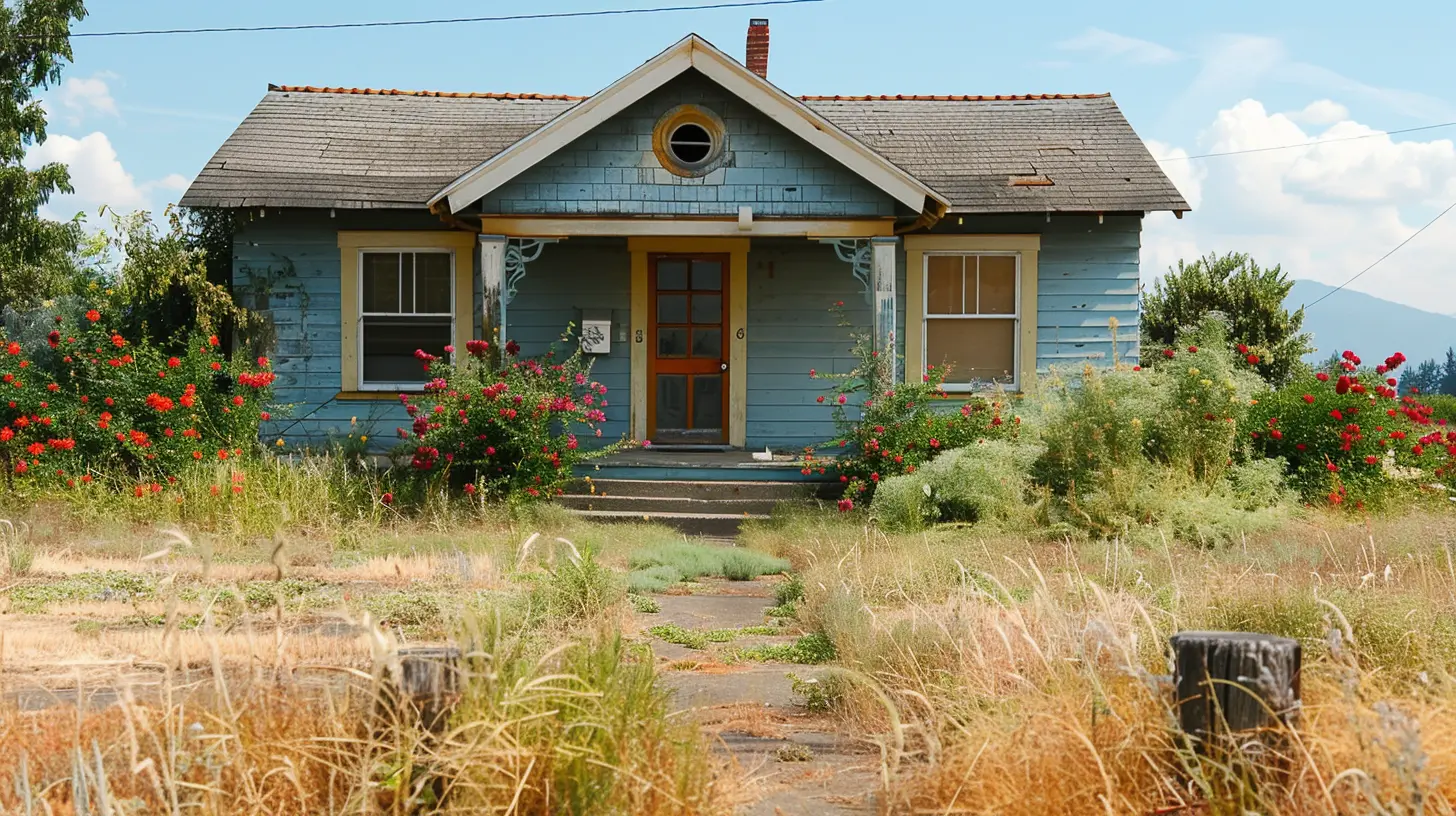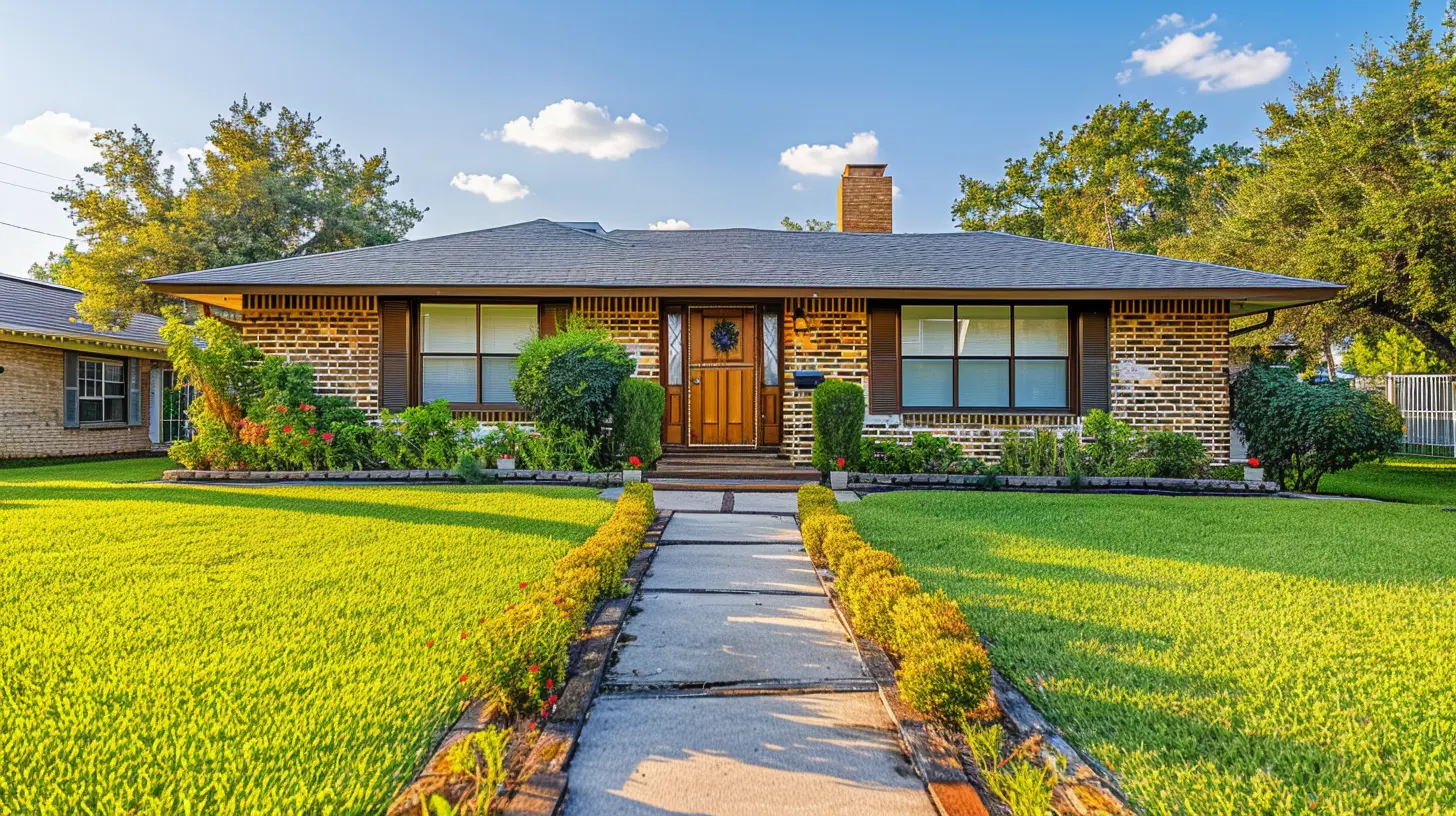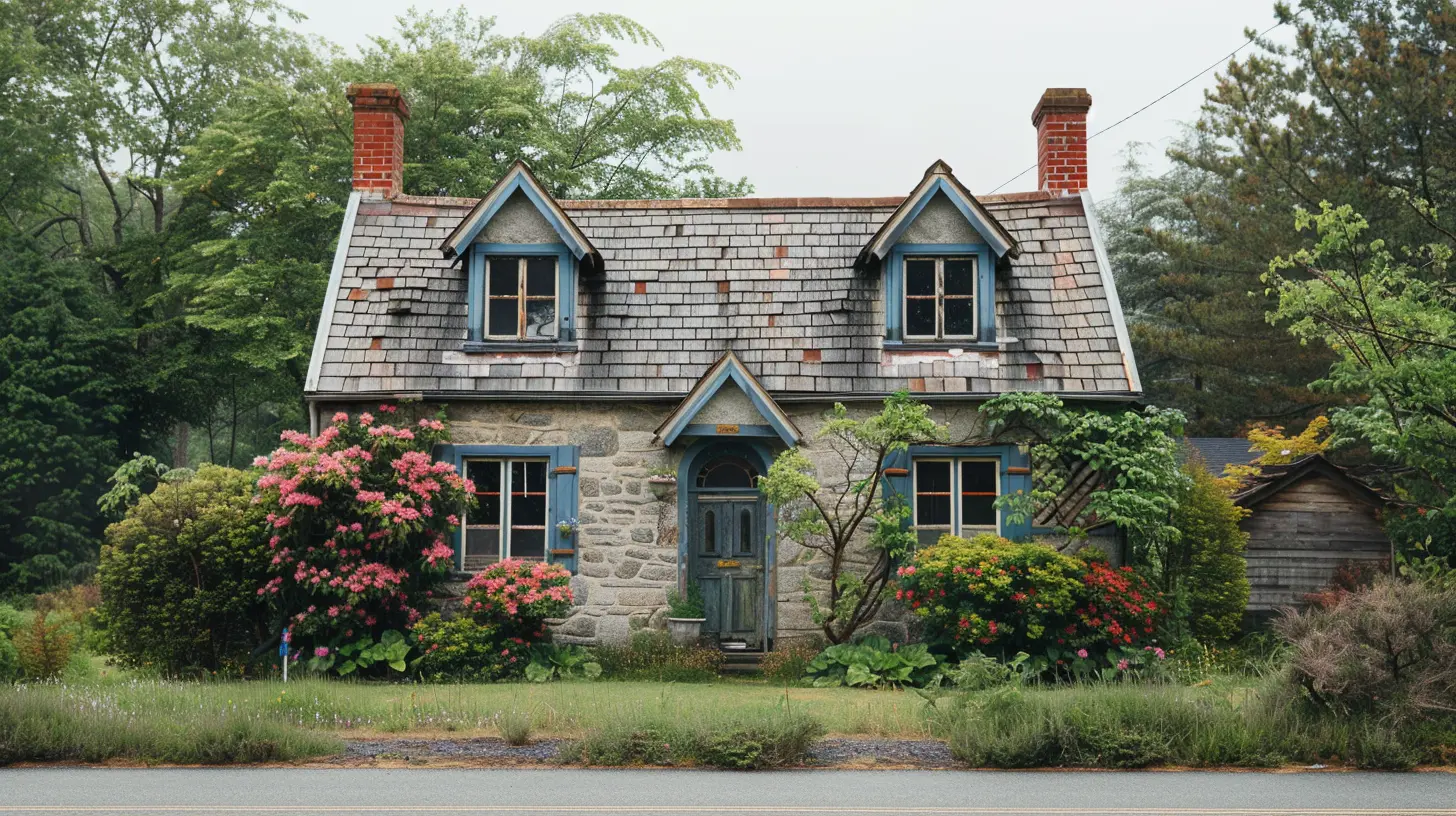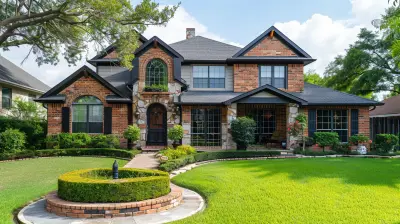How to Spot a High-Potential Fixer-Upper Before the Competition
17 September 2025
Fixer-uppers—those charming, rough-around-the-edges homes—hold untapped potential, just waiting for the right hands to restore their beauty. But in a real estate market where every savvy investor is hunting for the next diamond in the rough, how do you spot a goldmine before the competition does?
Strap in, because today, we’re diving deep into the secrets of identifying high-value fixer-uppers before they hit someone else’s radar.

1. Train Your Eye for Hidden Value
Not all fixer-uppers are created equal—some are buried treasures, while others are just money pits in disguise. The key? Learning to see past the surface issues and identify properties with strong bones, undeniable potential, and the right location.Look Beyond the Ugly
A peeling facade, outdated wallpaper, and an overgrown lawn might scare off the average buyer. But for an investor? That’s music to the ears! Cosmetics are the easiest and cheapest fixes. Structural problems, however? That’s an entirely different ballgame.If it’s just an eyesore that needs a facelift—new paint, modern fixtures, refreshed landscaping—you may have struck gold.
The “Bad House in a Good Neighborhood” Rule
This golden rule in real estate investing never fails. A fixer-upper in a desirable area is often a better deal than a pristine home in a declining neighborhood. Why? Because location determines long-term value far more than aesthetics.Pro Tip: Look for fixer-uppers in up-and-coming areas—places on the brink of gentrification. If you spot trendy coffee shops, new businesses, or rising home prices nearby, you’re onto something. 
2. Assess the Structural Integrity
A great fixer-upper should have good bones—a solid foundation, a sturdy roof, and strong framing. If these elements are intact, almost anything else can be updated without breaking the bank.Red Flags to Watch For
While some fixer-uppers are hidden gems, others are ticking time bombs. Be wary of:- Extensive foundation cracks – A few hairline cracks? Normal. Large horizontal cracks? Walk away.
- Sagging roofs – A full roof replacement can cost tens of thousands.
- Water damage and mold – These can signal major plumbing or structural issues.
- Termite infestations – If termites have feasted on the wood, your investment might crumble—literally.
A professional inspection can save you from a financial nightmare. Always bring an expert before sealing the deal. 
3. The Magic of Floor Plans and Layouts
A home’s layout can make or break its potential. Some outdated floor plans are easily fixable; others are rigid and costly to alter.Easy Wins: Open Floor Plans & Expandable Spaces
- Are there unnecessary walls that could be knocked down for an open-concept feel?- Is there an attic or basement that could be converted into livable space?
- Could you add an additional bedroom or bathroom with minimal structural changes?
The less you have to reconfigure, the better. Small tweaks, like removing a wall between a dated kitchen and dining room, can instantly boost value without major restructuring. 
4. Run the Numbers—Because Math Matters
Excitement is great, but emotions shouldn't cloud judgment. A beautiful vision is useless if the numbers don’t add up.Do a Cost vs. Value Analysis
Ask yourself:- Purchase Price + Cost of Renovations = ARV (After Repair Value)?
- Will it sell for more than your investment?
- What’s the estimated profit margin?
If the total investment exceeds future market value, it’s not a good deal. The goal? Buy low, renovate smart, and maximize profits.
Stick to the 70% Rule
A common investor formula:> Don’t pay more than 70% of the property’s ARV minus repair costs.
For example, if the ARV is $300k and it needs $50k in repairs:
Max Purchase Price = (70% of $300k) - $50k = $160k
Anything over this? You’re likely overpaying.
5. Timing is Everything—How to Get Ahead of the Competition
In hot markets, great fixer-uppers don’t last long. Knowing where to look and how to act fast is crucial.Find Listings Before They Go Public
- Connect with wholesalers – These pros find off-market deals before they hit the MLS.- Network with real estate agents – Stay on their radar, so they call you first with new opportunities.
- Drive for dollars – Literally drive around neighborhoods searching for neglected properties, then contact the owners.
Act Fast, But Smart
When you find a promising property, don’t hesitate—but don’t skip due diligence either. Have a contractor on speed dial, run the numbers quickly, and be ready to make an informed offer before the competition pounces.6. Financing Your Fixer-Upper
Money makes the magic happen, but how you finance a fixer-upper can impact your profits.Best Financing Options
- Hard money loans – Fast but expensive, often used by flippers.- FHA 203(k) loans – Ideal for owner-occupants who want to renovate.
- Cash purchases – Speed wins in real estate, and cash is king.
Each financing option has pros and cons, so choose what fits your investment strategy.
7. Sweat Equity: Can You DIY?
The more you can handle yourself, the bigger your profit. But beware—there’s a fine line between smart DIY and costly mistakes.What You Can DIY vs. What to Leave to the Pros
✅ DIY-Friendly Projects:- Painting
- Landscaping
- Flooring installation
- Minor cosmetic upgrades
🚫 Leave These to the Pros:
- Electrical work
- Structural changes
- Plumbing updates
- Roofing repairs
Sweat equity saves money, but some mistakes cost more than hiring an expert in the first place.
8. Exit Strategies: Flip, Rent, or Hold?
Before you even buy, know how you’ll profit from your fixer-upper.Option 1: The Classic Flip
Buy. Renovate. Sell fast. Ideal for quick profits if the market is strong.Option 2: The Buy-and-Hold Rental
Renovate and rent it out for consistent passive income and long-term appreciation.Option 3: Live-In Renovation
Fix it up while you live in it, then sell later for a huge gain (bonus: potential tax benefits!).Each strategy has risks and rewards, so choose based on your financial goals.
Final Thoughts: Your Next Fixer-Upper Awaits
Finding the perfect fixer-upper before the competition isn’t about luck—it’s about strategy, vision, and speed.Learn to see past the imperfections, run your numbers wisely, and act quickly when opportunity knocks. The more skilled you become at spotting potential, the faster you’ll turn forgotten houses into profitable investments.
So, are you ready to uncover the next hidden gem before someone else does? The market waits for no one—go find that diamond in the rough!
all images in this post were generated using AI tools
Category:
House FlippingAuthor:

Kingston Estes
Discussion
rate this article
1 comments
Joanna Palmer
Spotting a fixer-upper is like hunting for treasure—don’t settle for a rusty old can! Look for potential underneath the dust, but remember: if the roof’s caving in or the floors are slumping, run! Your wallet deserves better!
September 24, 2025 at 4:44 AM

Kingston Estes
Absolutely! It's crucial to recognize potential in a fixer-upper while avoiding major structural issues. Trust your instincts and prioritize properties that can truly shine with some TLC!


